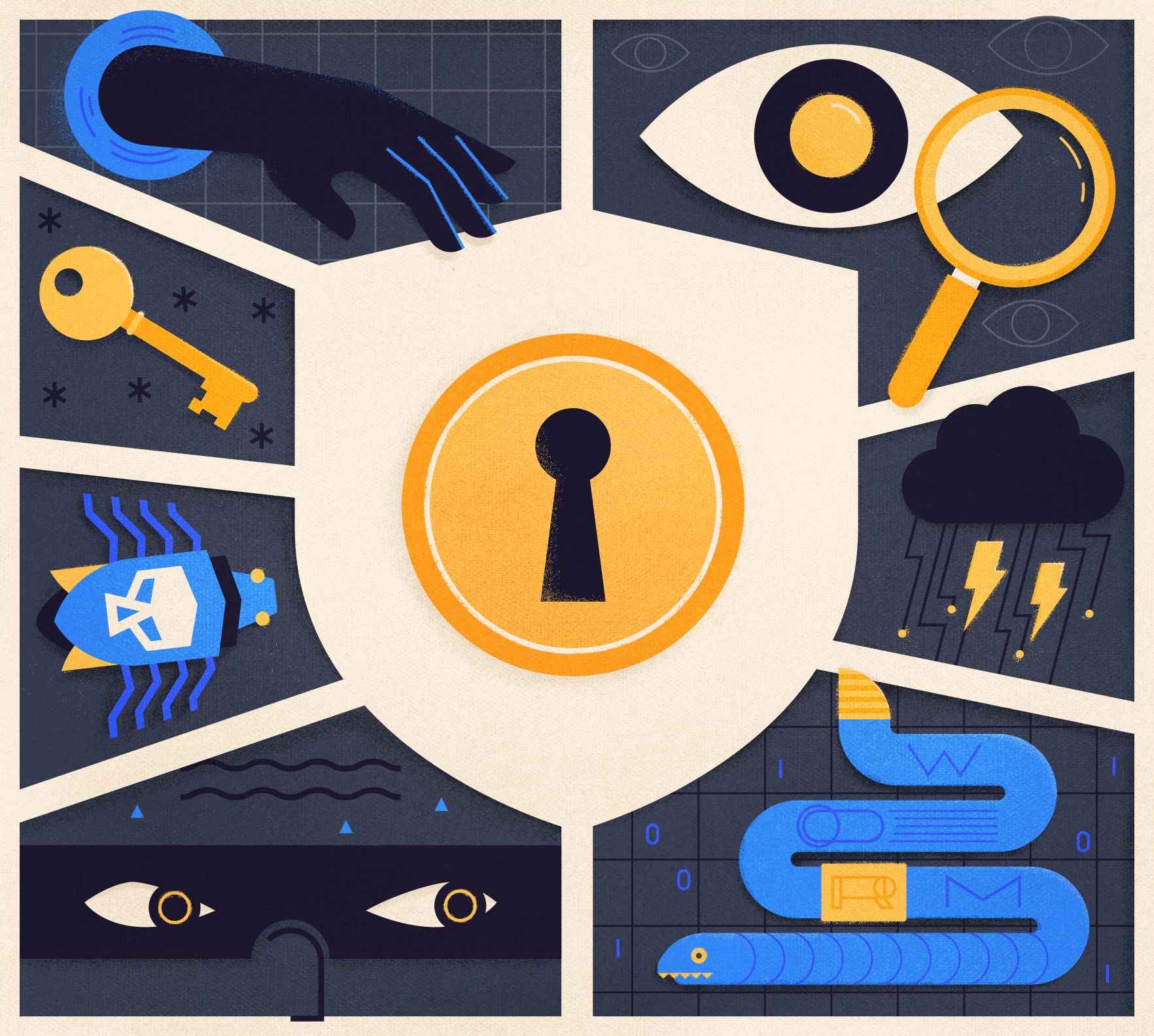A single breach of data can expose million of your customers scams, spam fraud, identity theft, fraud as well as fraud. It’s also a simple way to ruin your reputation as a brand and lose the majority of your customers.
In the event of a catastrophe, it is possible to end up with millions in penalties. If it’s serious enough, your executives or team members might even be in jail for a period of time.
However, customer information still has to be protected and confidential, even if the threats are smaller in magnitude. Just leaking the email addresses of your customers and exposing them to junk mail could undermine their confidence in your company.
To ensure your customers’ safety and ease any customer worries, ensure that you handle their information with attention to detail. Here are some key ways to secure your data, reduce the risk, and put your customers at ease.
1. Make use of zero-party data
Perhaps the best method to ensure that customers are comfortable regarding their personal information is to provide them with greater control over the information you are able to know. Let them choose what they will share and what they won’t will help protect their privacy while also boosting the reputation of your business.
Giving users the opportunity to either consent or opt out of sharing their first-party information whenever they visit your website or application is a nice feature. However, if you desire to place your customers in control of their data, zero-party data is the best way to proceed.
Through zero-party data, your prospects and customers respond to polls, surveys, or questionnaires. The data are used in order to customize the experience of your customers, or they can be anonymized and compiled to help your business make better decisions based on data.
Whatever the case, when consumers give this information, they are expecting some form of benefit for their users. A customized product recommendation, helpful content, or a custom website are just a few options to provide that little reward.
2. Be Transparent
Ideally, you should inform all your customers of the information you collect, as well as what you will do with it and the reason. If you’re not doing anything criminal (you don’t, aren’t you?) Transparency should be as simple as a quick disclaimer pop-up.
In reality, transparency can increase the credibility of your brand and build confidence in your brand. That trust could directly impact your company’s growth and performance.
It’s crucial not to gather any additional bits of data from customers that you don’t want and haven’t formally agreed to share with you. The storage and collection of extra data can increase the risk for your customers in the event of the possibility of a breach. In certain countries, regions, or industries, it may be considered illegal.
In addition, the data can occupy space for server clouds, as well as other cloud storage. To be on the safer and secure side, always seek permission from your customers prior to taking any type of information.
3. Conceal and Encrypt
Some of the most infamous breaches of data in history have proved to be one of the most absurd. Businesses have accidentally released massive spreadsheets containing customer names, addresses, passwords, and credit card information, all tied together. But even anonymizing data does not guarantee clients any kind of security or privacy. It’s easy to combine two and two and determine the identity of someone else.
To ensure that your data is secure, your company must employ the most recent encryption techniques and protocols for data protection. Talk to experts about best practices, software applications, and other tools to fit your needs.
Security of data isn’t an area to reduce costs, so you must ensure that you dedicate an important portion of your budget to protect your clients. Otherwise, you put your customers at risk of identity theft and reputational damage, financial loss, and many other things.
4. Train Employees and Vet Vendors
Data of customers should be kept private and only made available to employees and vendors on a “need-to-know” basis. Your employees must understand the importance of securing sensitive information and how exactly they should perform this.
When handling data that could be sensitive, Employees should go through suitable screenings and education. Instruct them not to share information such as passwords or door codes, and restrict access to cabinets that are sensitive rooms, rooms, or computers.
Third-party contractors and third-party vendors could be the source of privacy concerns for data. This is why it’s crucial to be vigilant about vetting them like you would employees. The more data you share, the greater the chance of being exposed or breached.
If an outside party has access to your data when its security systems have been compromised, information could be exposed. Also, bad actors from the organization you shared data with could utilize the information in unintentional or in a way that is not appropriate.
The Worst Situations
In the event of an incident of data loss or cybersecurity incident occurs your business should have a contingency plan in place. Know what you’ll be doing should there be a cybersecurity breach and how you can stop it from spreading and limit the harm.
The plan should clearly define the roles and responsibilities, and also provide considerations for different scenarios. A lot of universities, companies as well and government agencies make their plans online, to be used as a reference.
No matter what you do, don’t try to hide any data breach from the public, your customers, or the general public. The consequences could be sanctions, fines, lawsuits, or even jail time. This could be irreparably damaging media. Instead, acknowledge the breach as soon as possible and inform your customers know how you intend to deal with the situation. To regain their trust, you’ll need to demonstrate your ability to act responsibly.
